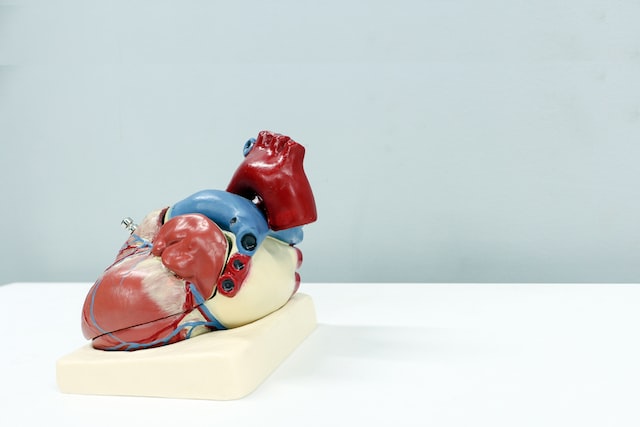An interesting article titled “Associations of genetic and infectious risk factors with coronary heart disease” appears in eLife published on February 14, 2023, written by Flavia Hodel and et. al. The article discusses how common bacteria that has been linked with periodontal disease, oral cancers, and bad breath increase the chance of developing heart disease. In the past it has been discussed on this site how Brushing Teeth Twice a Day to Help Prevent Heart Disease and Bacterium goes from the mouth to the heart to cause disease.
In the current article, the authors mention how cardiovascular diseases (CVDs) are the leading cause of mortality in the world and it is believed 17.9 million people die from CVD each year. The authors performed multiplex serological testing for persistent or frequently recurring infections and genome-wide analysis in a prospective population study. They also analyzied phenotypic and genotypic data. A total of 3,459 people study participants were enrolled in the CoLaus|PsyCoLaus study, which is a longitudinal, population-based cohort with baseline assessments from 2003 through 2008 and follow-up visits every 5 years. The authors analyzed a subgroup of the 3459 study participatnts that had genome-wide genotyping data and immunoglobulin G levels for 22 persistent or frequently recurring pathogens.
The authors found that of the 3459 study participants, 210 (6.07%) had a heart attack or another type of coronary heart disease (CHD) event in the 12 years of follow up in the study. The authors tested the blood those in the study for the presence of antibodies associated with six bacteria, 15 different viruses, and one parasite. The authors adjusted the results for cardiovsascular risk factors and found infection with Fusobacterium nucleatum (hazard ratio [HR]1.63,) was independently associated with CHD along with high polygenic risk. The presence of F. nucleatum was a sign of a previous or current infection by the oral bacterium. Furthermore, in a population-based cohort, high polygenic risk and infection with F. nucleatum had a small and independent impact on CHD risk. Thus the results show that identifying this type of bacteria might also show a risk of heart disease in individuals.

The authors suggest that future studies should be conducted to confirm the link between F. nucleatum and heart disease, identify subjects at high risk of CHD, and help lead to more approaches to prevent cardiovascular events. The authors state
“We identified a statistically significant association between the incidence of CHD and F. nucleatum infection, after adjustment for all established risk factors….the relationship between oral inflammations and CVD could be explained by the colonization of arterial walls and atherosclerosis plaques by dental bacteria, as well as by increased systemic inflammation due to oral infection”
The authors mentioned several study limitations which included lack of data or those who dropped out early could lead tosome CHD events that were undetected. Futher the authors did not know how the antibody responses against the various antigens evolved over the 12 years of the study. The authors also could not replicate previous studies which showed associations of CHD with C. pneumoniae and HCV because the serologies for these pathogens were not in the study.
